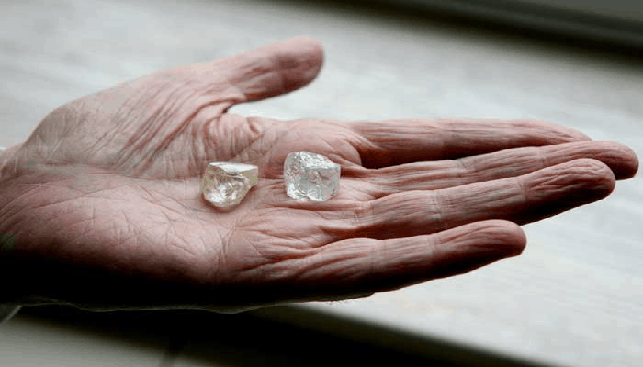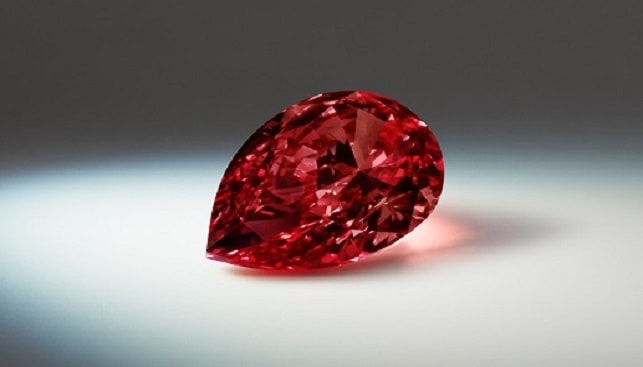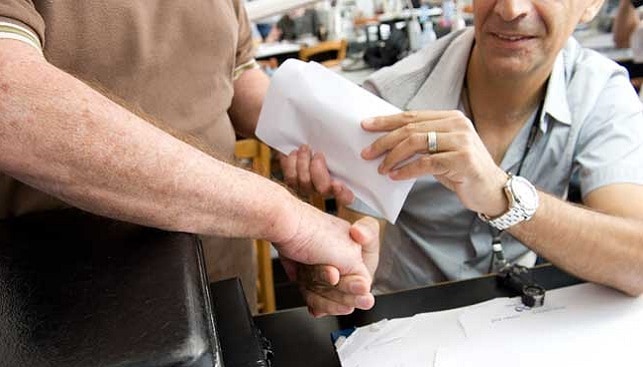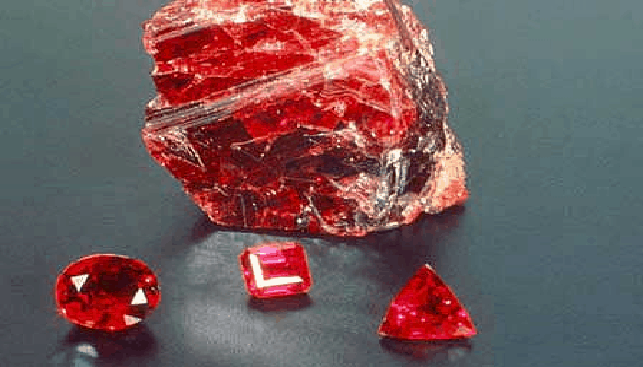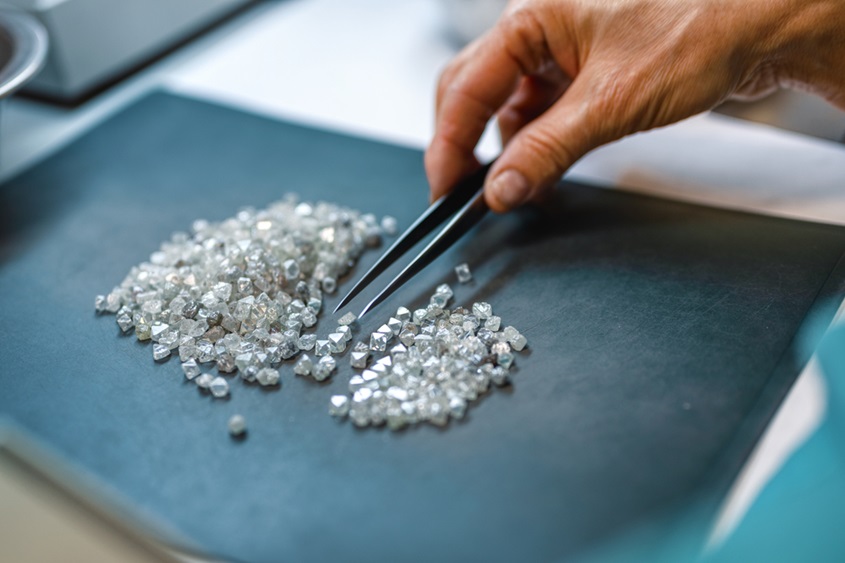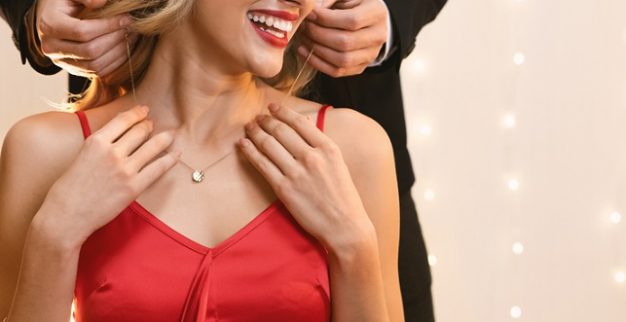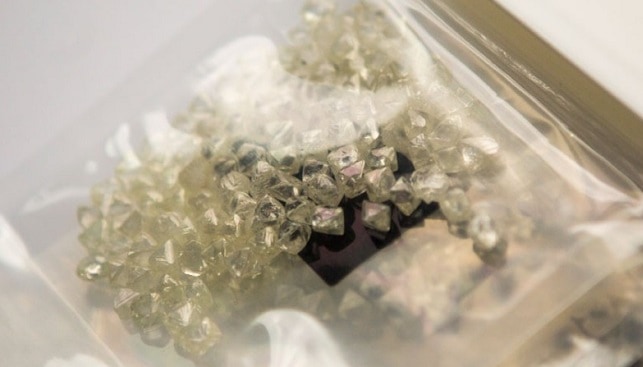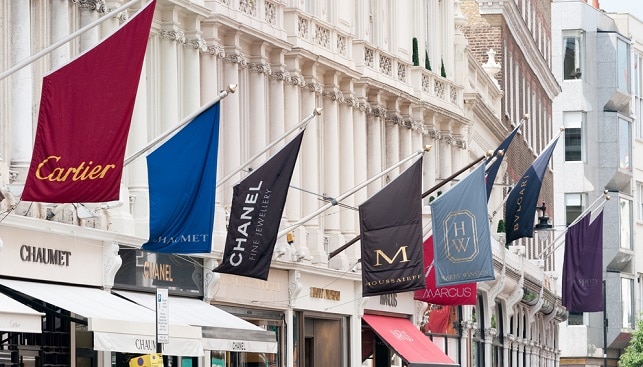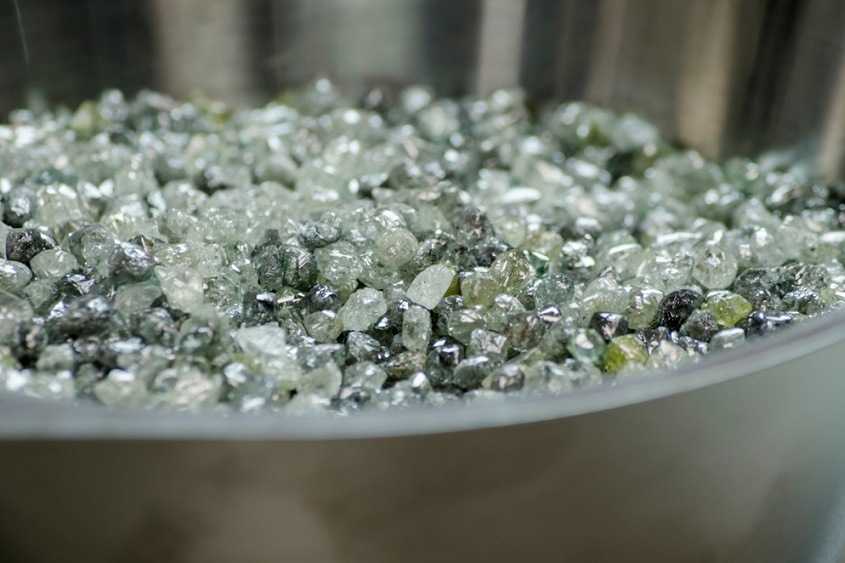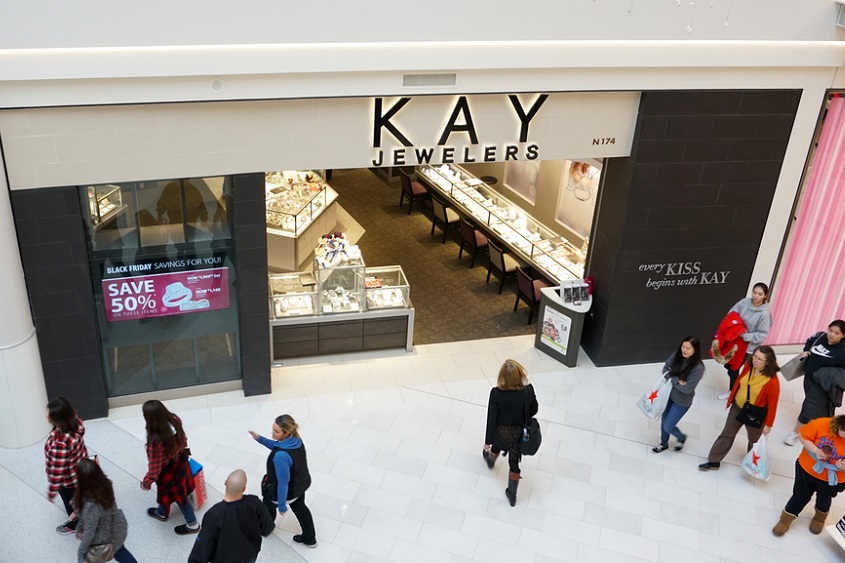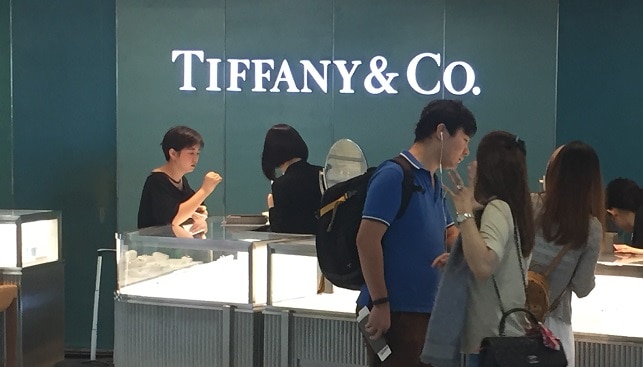Surface coating is a way of enhancing a diamond’s color and is the oldest diamond treatment known, dating back to the Georgian period.
The original method of surface coating entailed applying colored tinfoil to the back surfaces of gemstones and diamonds that were mounted in closed-back settings. Examining the stone under magnification will show where the foil has flaked away or worn out, often due to exposure to moisture. Foil backings do not detract from the value of antique and heirloom jewelry.
Since the era of foil-backed jewelry, other methods of surface coating have been developed. Violet-blue dyes and films can be applied to the pavilion or girdle of yellow-tinted diamonds; since purple and yellow are opposite each other on the color wheel, the colors cancel each other out, making the diamond appear whiter. Immersion in water or alcohol will remove dye, but only sulfuric acid can take off film.
A main telltale sign that film has been applied to a diamond is the presence of trapped air bubbles, which can be detected under high magnification.
Another form of surface coating is used to bring the appearance of a diamond simulant closer to that of a real diamond. In this method, a thin film of laboratory-grown diamond is applied to the surface of the simulant, which increases the simulant’s durability and thermal conductivity.
Like other diamond treatments, all forms of surface coating must be disclosed when a diamond is submitted for grading.

